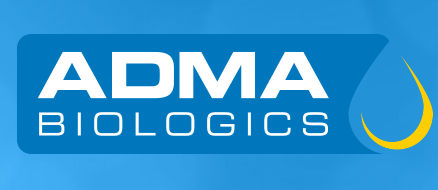Hepatitis C virus (HCV)‐induced end‐stage liver disease is the major indication for liver transplantation (LT). However, reinfection of the liver graft is still common, especially in patients with detectable viral load at the time of LT. Limited data are available on direct‐acting antivirals in the transplant setting for prevention of graft infection. The human hepatitis C immunoglobulin (HCIG) Civacir is an investigational drug that is currently being developed in an ongoing phase 3 clinical trial assessing its safety and efficacy at preventing HCV recurrence after liver transplantation (LT) in the United States. Using well‐characterized patient‐derived HCV variants selected during LT, we studied the molecular mechanism of action of Civacir. Inhibition of HCV infection was studied using infectious HCV models including HCV pseudoparticles (HCVpp) and cell culture‐derived HCV (HCVcc) containing patient‐derived viral envelope glycoproteins from 22 HCV variants isolated from patients before and after LT. The human hepatitis C immune globulin Civacir is an investigational drug that is currently being developed in an ongoing phase 3 clinical trial assessing safety and efficacy to prevent HCV recurrence after LT in the United States. Using well‐characterized patient‐derived HCV variants selected during LT, we studied the molecular mechanism of action of Civacir. Inhibition of HCV infection was studied using infectious HCV models including HCV pseudoparticles and cell culture‐derived HCV containing patient‐derived viral envelope glycoproteins from 22 HCV variants isolated from patients before and after liver transplantation. Additionally, we studied neutralization of different HCV genotypes and of direct‐acting antiviral‐resistant viruses. Our results indicate that Civacir potently, broadly, and dose‐dependently neutralizes all tested patient variants in HCV pseudoparticles and cell culture‐derived HCV assays including variants displaying resistance to host neutralizing antibodies and antiviral monoclonal antibodies. The half‐maximal inhibitory concentrations were independent of the phenotype of the viral variant, indicating that virus neutralization by Civacir is not affected by viral selection. Furthermore, Civacir is equally active against tested direct‐acting antiviral‐resistant HCV isolates in cell culture. Conclusion: Collectively, these results demonstrate broad neutralizing activity of Civacir against resistant viruses, likely due to synergy between anti‐HCV antibodies derived from different plasma donors, and support its further clinical development for prevention of liver graft infection. (Hepatology 2016;64:1495‐1506)









